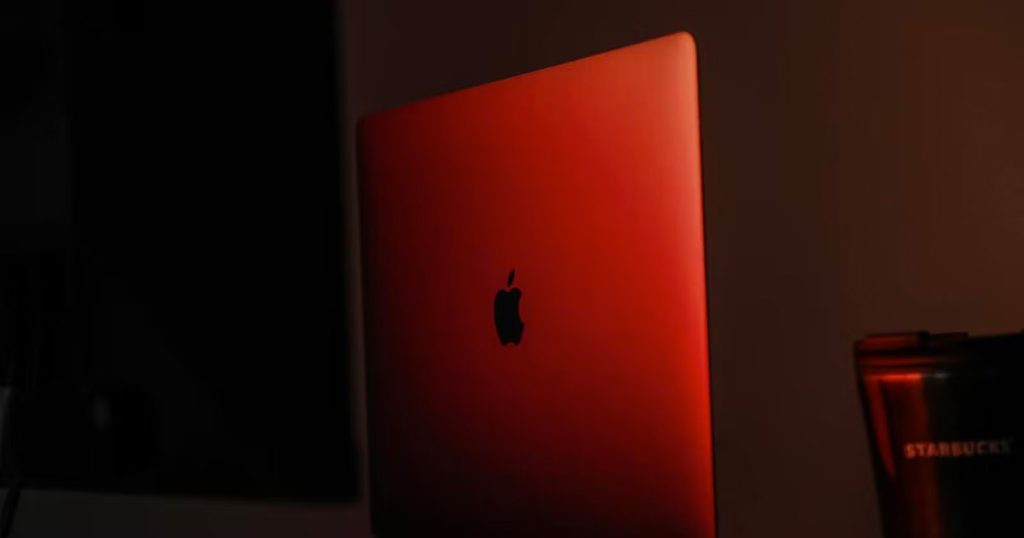DeFi faces scepticism due to security concerns, yet grows exponentially, with a reliable agency for project needs. As far as developers go, it has shown considerable traction.
Top projects based on activities by DeFi developers as of 26 April 2023
DeFi redefines finance via blockchain, removing intermediaries for tech-centric processes, and offering extensive opportunities beyond cryptocurrencies. dApps enable decentralized financial services accessible to all without personal authentication. They offer features like crypto trading, lending, insurance, and more, utilizing smart contracts for efficient execution. Here’s our roundup of the top DeFi projects –
- Uniswap (UNI)
Uniswap’s development activity surged since mid-January, reaching all-time highs in April. UNI price: $8.30, 24h volume: $140,524,101.
DeFiChain introduces dTokens after a Ticker Vote, a proof-of-stake blockchain with a DFI price at $4.15, 24h volume: $23,872,789.
Osmosis, a Cosmos AMM protocol, uses liquidity pools and smart contracts. OSMO price: $4.66, 24h volume: $39,848,586.
The 7 best DeFi apps
DeFi trends like dApp, NFT Marketplace, and crypto trading are significant, but decentralized computing offers much more. In a competitive DeFi market, staying innovative and aware of competitors’ trends is vital for early investors.
- Uniswap is a decentralized crypto trading platform using AMMs and liquidity analysis to determine token prices.
- Maker is a collateral-based credit platform enabling borrowing of Dai with collaterals like ETH or BAT, with $9.82 billion locked by May 2022.
- Aave is a liquidity protocol with a safety module, lending based on over-collateralization to prevent loan liquidation.
- Curve is a stablecoin-focused decentralized exchange offering low-fee, slippage-resilient trading through liquidity pools.
- Convex rewards CRV token holders and liquidity providers through cvxCRV tokens.
- Flexa is a decentralized payment system accepting various cryptocurrencies, Stablecoins, and reward points.
- dYdX is a non-custodial exchange utilizing smart contracts for fast, secure, and transparent trading.
Make a dApp the service medium
Here’s how you can monetize your dApp, as an individual DeFi developer or a DeFi development company.
Creating tokens
Blockchain allows DeFi token development to create custom or integrate existing cryptocurrencies for app operations.
Wallet integration
DeFi wallet development enables secure storage and authenticated transactions with direct browser and app interactions.
Setting up frontend
Create an interface to access DeFi functionalities via Smart Contracts interacting with backend APIs.
Smart Contracts
Self-executing codes in DeFi apps govern transactions and establish rules for proper functioning.
Backend integration
Smart Contracts are integrated with the app’s backend or directly linked to the blockchain.
DeFi for Developers: A Primer
Begin by grasping Bitcoin’s fundamental concepts: how wallets use private keys/seed phrases, valid transactions, block construction, and mining. Comprehend network security incentives and the contrasts between hard forks and soft forks.
Transition to Ethereum’s advantages as an account-based blockchain, exploring accounts, contracts, the Ethereum Virtual Machine, Ether’s role, and transaction construction. Understand Solidity, ABIs, bytecode, and token versus Ether transactions. Connect to different Ethereum nodes and grasp their limitations.
Focus on crucial finance concepts for DeFi development: liquidity, interest rates (fixed and variable), debt forms, leverage, margin trading, order books, and options. Gain financial literacy to avoid costly mistakes as a financial engineer.
Study whitepapers and GitHub code of existing DeFi applications. Utilize DeFi apps for practical experience and invaluable insights when building your own, as a DeFi Developer
Tech stack for DeFi developers to create an app
- Smart Contracts Languages: Solidity, Rust, Vyper
- Backend API Libraries: Infura, Alchemy, Moralis, Nodesmith, BlockCypher
- Development Frameworks: Truffle, Hardhat, Brownie
- Programming Languages: JavaScript, Python, Go
Final thoughts
Developing in DeFi requires new financial instruments, integration of novel assets, and mapping DeFi to NFTs. Study recent DeFi exploits and be aware of flash loan attacks and token re-entrance issues. Consider different paths, such as joining an existing DeFi venture or a DeFi development company, launching your own, participating in hackathons, or becoming a contributor to a community. Embrace the journey, make friends in the crypto space, join our discord server, and keep an open mind to the DeFi development possibilities that lie ahead. Enjoy the ride and dive deep into the captivating world of DeFi.

